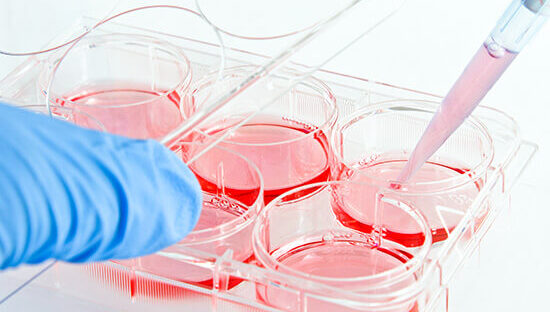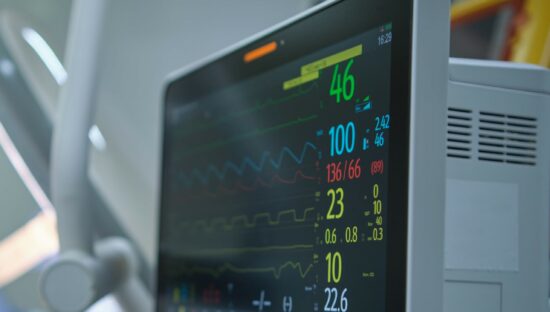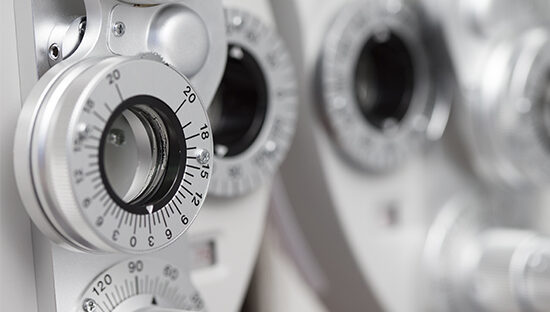
Do anti-microbial coating work?
In the relentless pursuit of patient safety, the battle against nosocomial infections (hospital-acquired infections) has become more critical than ever. Plastics and non-porous surfaces, commonly found in medical device coatings, create an environment where bacteria can persist for days, posing a serious threat. To combat this risk, medical device manufacturers have incorporated antimicrobial agents into their coating materials. This innovation aims to mitigate the presence of disease-borne microbes and enhance overall infection control.
However, the pivotal question arises: How can we ensure the effectiveness of these antimicrobial agents?
The answer lies in subjecting them to rigorous testing in a certified laboratory, benchmarked against industry-recognised standards. This critical evaluation process not only validates the efficacy of these innovations but also ensures that they meet the stringent criteria set forth by established benchmarks.
What is the standard ISO 22196 method?
The ISO 22196:2011 standard provides the procedure to quantitatively evaluate the anti-microbial activity of a plastic or non-porous material. The test identifies whether a plastic or non-porous surface can kill or prevent the growth of bacteria over 24 hours. The test was originally part of a Japanese standard (Antimicrobial activity and efficacy JIS Z 2801) and was adopted to the ISO guidelines shortly after an inter-laboratory validation study with 5 labs in 2004. Both standards are rapid, identical in procedure, and globally recognised.

How do you measure antibacterial activity?
To assess antimicrobial activity, a minimum of three test samples and six control samples without antimicrobial agents are required. Test surfaces, measuring 50 mm x 50 mm and less than 10 mm in thickness, must represent the outermost layer. The test subjects, inoculated with common bacterial contaminants like S. aureus or E. coli, undergo a meticulous evaluation.
The test surfaces are inoculated with common bacterial contaminants S. aureus or E. coli. Post inoculation, a 40 mm x 40 mm piece of film is gently pressed on top of the inoculation to prevent any evaporation. Half of the control surfaces are immediately measured, whereas the other half of the control surfaces are placed in an incubator at 35˚C for a 24-hour duration, along with the 3 test surfaces. After the incubation period, to elute any remaining bacteria on the test surface and prevent further anti-microbial activity, test surfaces are rinsed with a neutralisation medium. The eluted neutralisation medium is then plated out in agar to quantify the number of bacteria that remains. The antimicrobial activity of the test surface is calculated by comparing the control surface results to the number of bacteria reduced on the test surface.
What are ISO 22196 standard limitations
One perceived limitation of the test lies in its controlled lab environment, which may not fully mirror real-life contamination events. However, this controlled setting offers an advantage. By simulating the worst-case scenario, the test provides a clear view of the antimicrobial material’s potential under extreme conditions. Moreover, the test is customizable, allowing adaptation for a broader range of bacteria or environmental conditions, such as UV exposure, aligning with manufacturers’ unique requirements.
Get in touch with our team to find out how we test anti-microbial coating properties.





